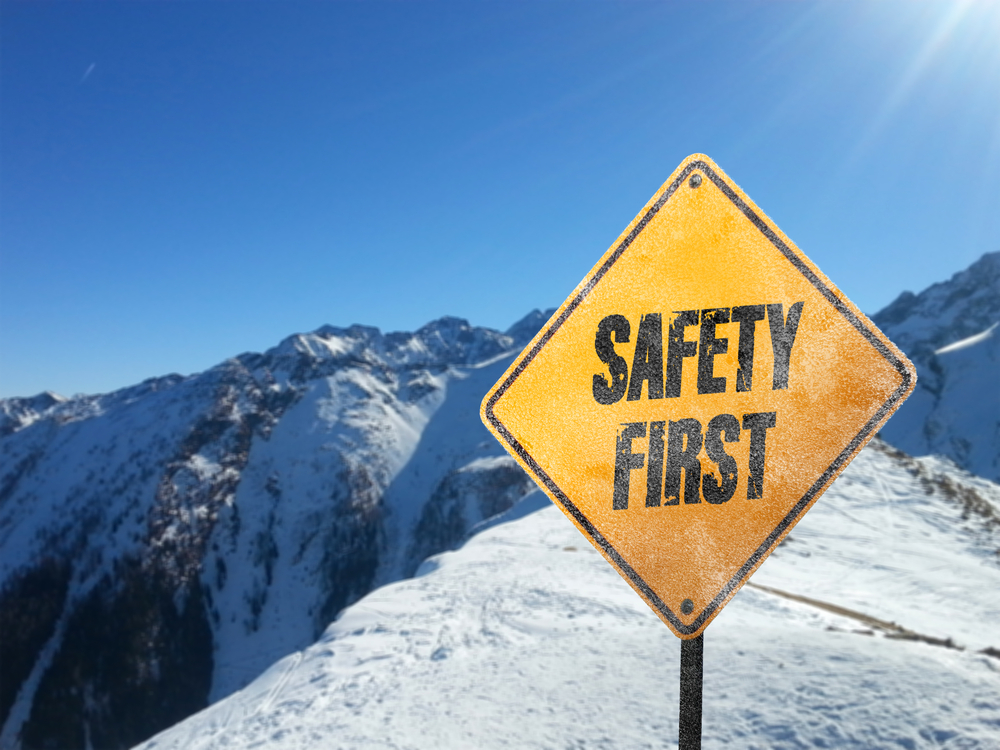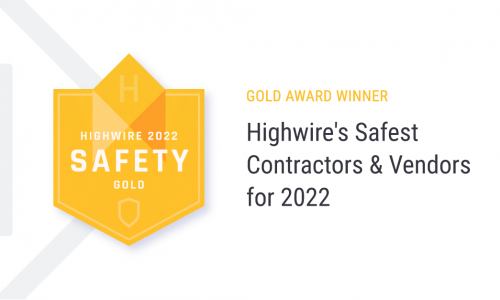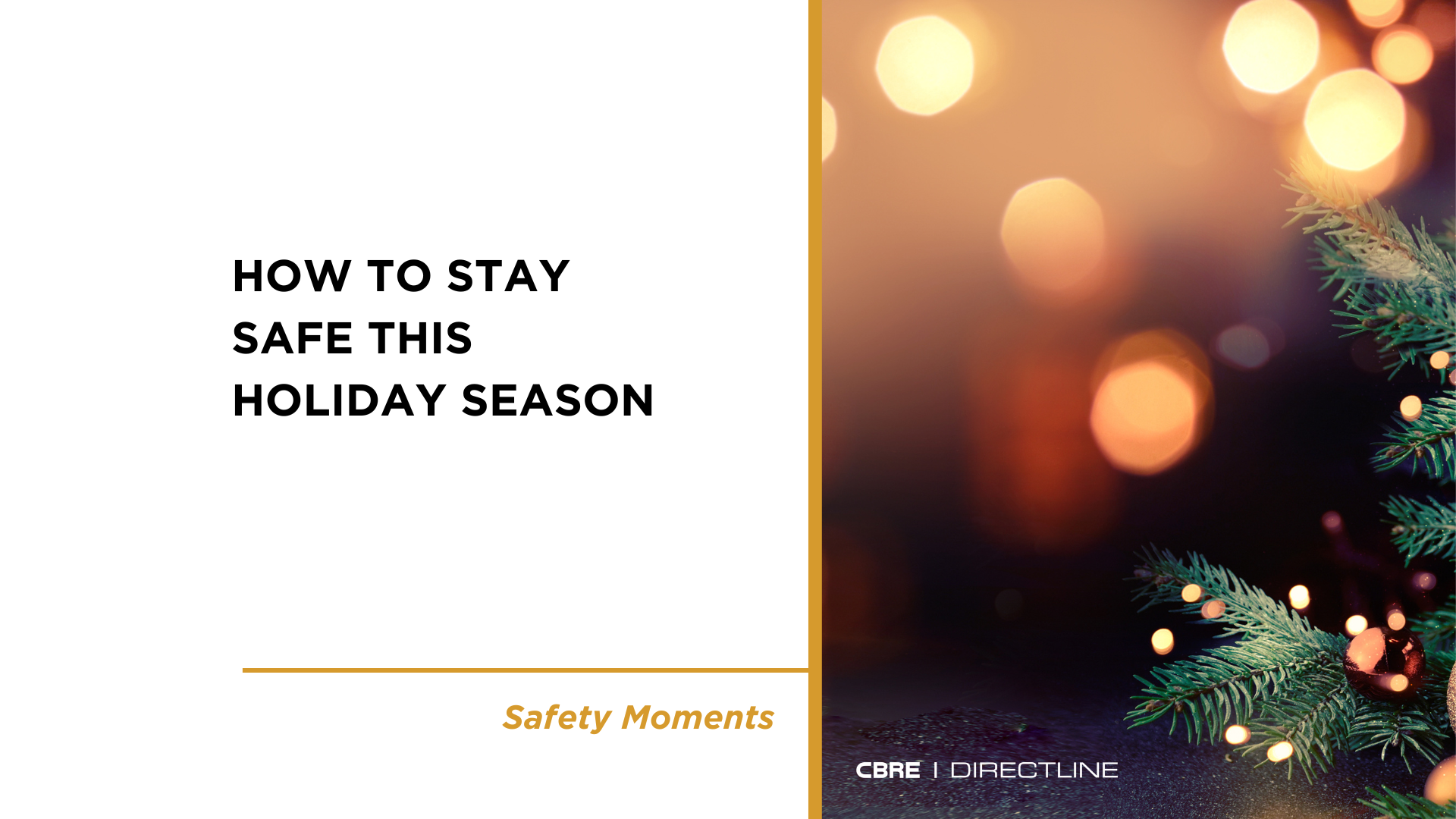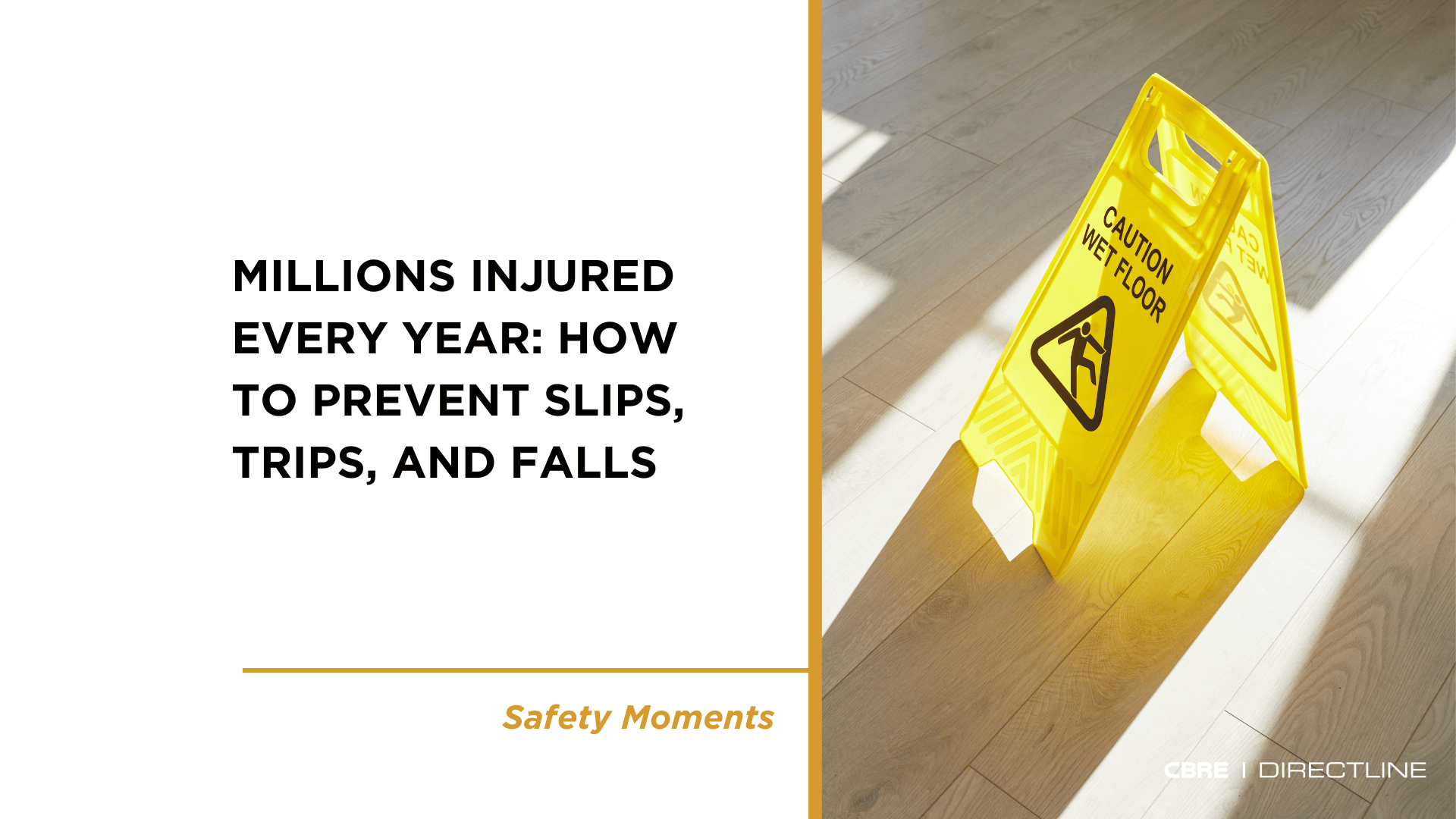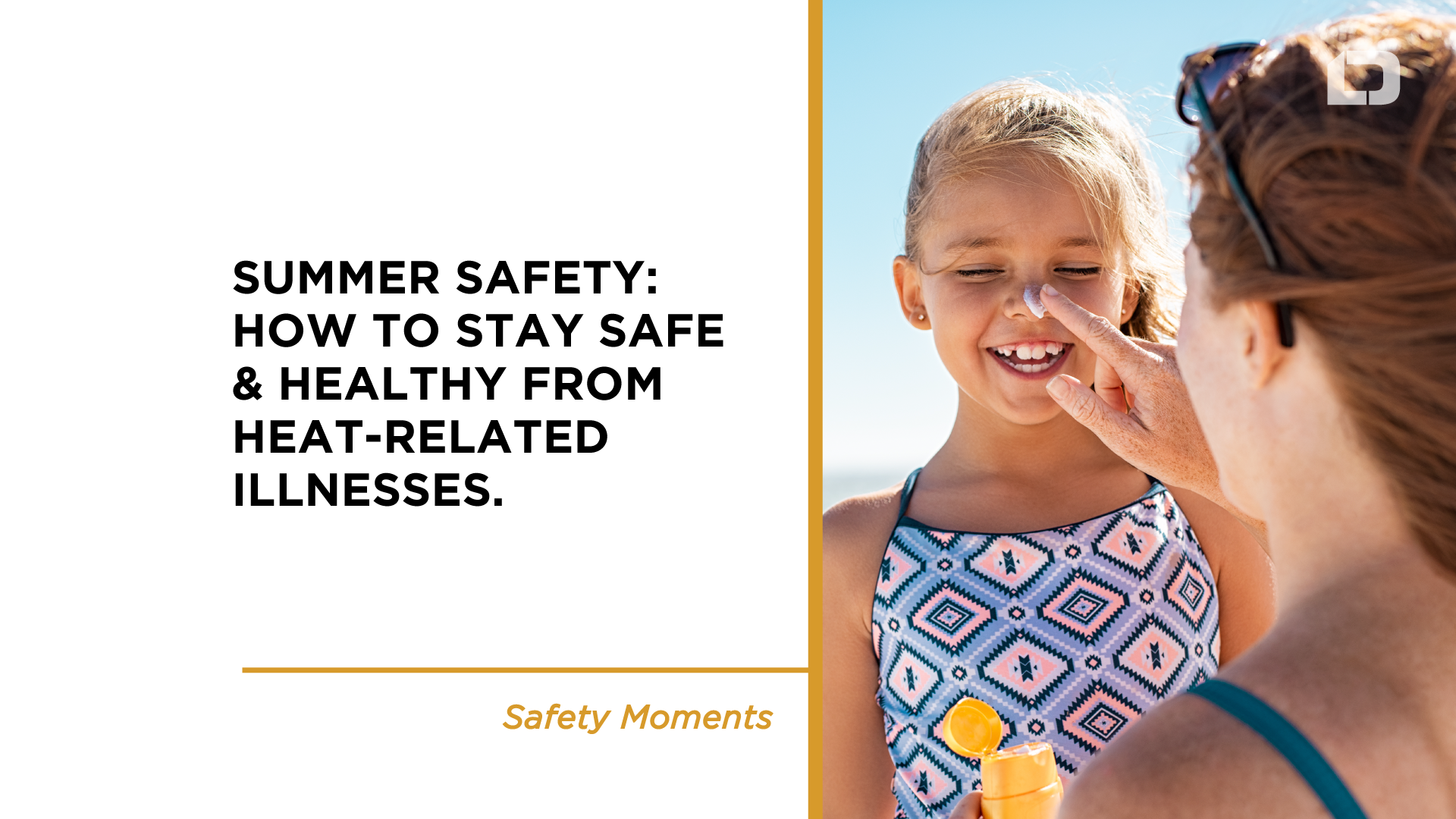Winter weather is starting to affect many parts of the country now, and there are many safety issues to be aware of and prepare for during this time of year.
These include winter driving, snow shoveling and snow blowing, carbon monoxide, frostbite and hypothermia, and winter recreational activities like skiing and ice skating. We will focus on a few of these, and the links below will provide additional information.
Winter Driving: Prepare Your Car for Winter
In addition to annual maintenance, here are some tips to winterize your car:
- Test your battery; battery power drops as the temperature drops.
- Make sure the cooling system is in good working order.
- If using all-season tires, check the tread on your tires and replace them if less than 2/32 of an inch.
- Check the tire pressure; tire pressure drops as the temperature drops.
- Check your wiper blades and replace them if needed.
- Add wiper fluid rated for -30 degrees.
- Keep your gas tank at least half full to avoid gas line freeze.
Remember to keep your car’s emergency preparedness kit fully stocked, too.
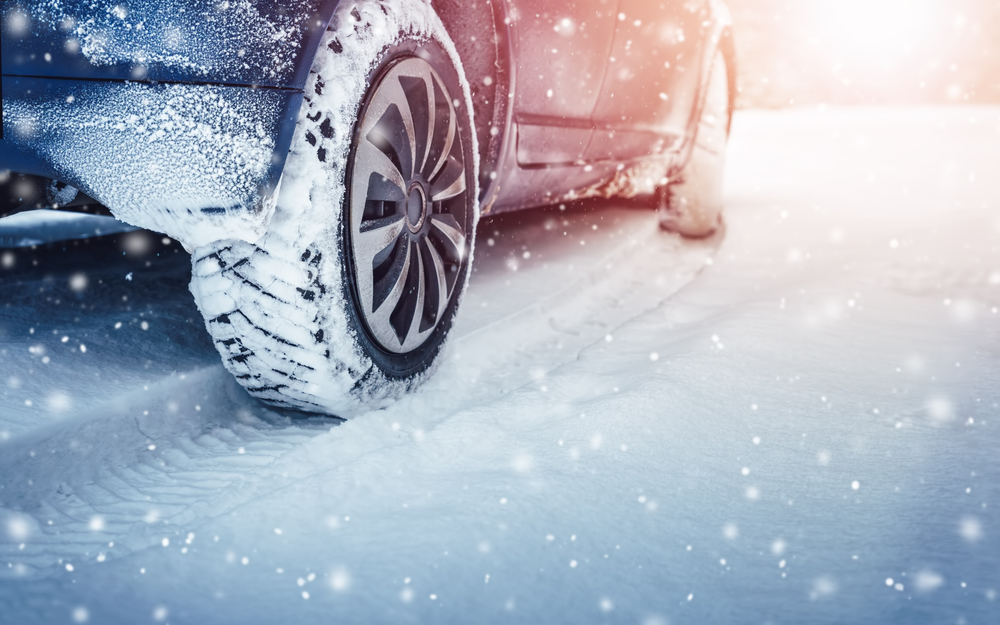
Before You Start Out
- Clean your car’s external camera lenses, and side view mirrors so you can see what’s around you.
- Remove dirt, ice, and snow from sensors to allow assistive-driving features like automatic emergency braking to work.
- In frigid weather, you may want to warm up the car before driving.
- To prevent carbon monoxide poisoning, never leave a vehicle running in your garage – even with the garage door up.
- If the forecast looks iffy, wait out the storm if possible; if you must travel, share your travel plans and route with someone before you leave.
- Bring extra warm clothing, food, and water if you get stranded due to severe weather.
How to Avoid a Crash
AAA offers the following driving tips:
- Avoid using cruise control in wintry conditions.
- Steer in the direction of a skid, so when your wheels regain traction, you don’t have to overcorrect to stay in your lane.
- Accelerate and decelerate slowly.
- Increase the following distance to 8 to 10 seconds.
- If possible, don’t stop when going uphill.
If visibility is severely limited due to a whiteout, pull off the road to a safe place and do not drive until conditions improve. Avoid pulling off onto the shoulder unless it is an absolute emergency. Limited visibility means other vehicles can’t see yours on the shoulder.
Know Your Car’s Capabilities
Traction control is now standard on most new vehicles. This function helps your vehicle gain traction on snowy, icy, or wet surfaces, particularly when accelerating from a stopped or slowed position or when trying to make it up a slippery hill.
Anti-lock braking system (ABS) helps you steer in emergencies by restoring traction to your tires and is also standard on most new vehicles. ABS may vibrate or pulse when engaged. This is normal. Continue to press and hold pressure on the brake pedal.
Remember, you are your car’s best safety feature. Take precautions to ensure you arrive safely at your destination. Stay in your vehicle if you become stranded in an unfamiliar area. Light flares in the front and behind the car, and ensure the exhaust pipe is not blocked by snow, mud, or objects.
Avoid Shoveling, Snow Blowing Injuries
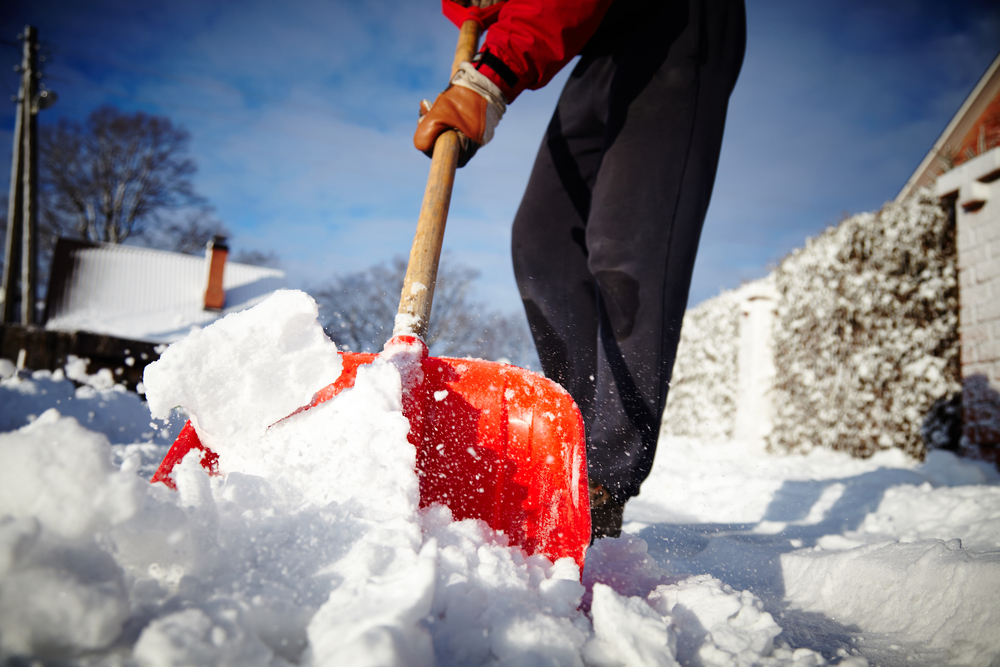
National Safety Council recommends the following tips to shovel safely:
- Do not shovel after eating or while smoking.
- Take it slow and stretch out before you begin.
- Shovel only fresh, powdery snow; it’s lighter.
- Push the snow rather than lift it.
- If you do lift it, use a small shovel or only partially fill the shovel.
- Lift with your legs, not your back.
- Do not work to the point of exhaustion.
- Know the signs of a heart attack, and stop immediately and call 911 if you’re experiencing any of them; every minute counts.
Don’t pick up that shovel without a doctor’s permission if you have a history of heart disease. A clear driveway is not worth your life.
Snow Blower Safety
In addition to possible heart strain from pushing a heavy snow blower, be safe with tips from the American Academy of Orthopedic Surgeons, including:
- If the blower jams, turn it off.
- Keep your hands away from the moving parts.
- Be aware of the carbon monoxide risk of running a snow blower in an enclosed space.
- Add fuel outdoors before starting, and never add fuel when it is running.
- Never leave it unattended when it is running.
Frostbite and Hypothermia
Cold weather can be dangerous for anyone who spends time outdoors for either work or pleasure. Be mindful of the risks. Excessive exposure to low temperatures, wind, or moisture can cause two dangerous conditions: frostbite and hypothermia.
Before venturing outside in winter, be sure to:
- Check the temperature and limit your time outdoors if it’s very cold, wet, or windy.
- Bundle up in several layers of loose clothing.
- Wear mittens rather than gloves.
- Cover your head and ears with a warm hat.
- Wear socks that will keep your feet warm and dry.

Frostbite
Even skin that is protected can be subject to frostbite. It’s the most common injury resulting from exposure to severe cold, and it usually occurs on fingers, toes, nose, ears, cheeks, and chin.
If caught early, it is possible to prevent permanent damage. If not, frostbite can cause tissue death and lead to amputation.
Superficial frostbite affects the skin surface while the underlying tissue remains soft. The skin appears white, waxy, grayish-yellow, cold, and numb.
If the condition progresses to deep frostbite, all layers of the skin are affected, and the outcome likely will be more serious. The skin will become completely numb, blisters may form, and eventually, the skin tissue will die and turn black.
If you suspect frostbite:
- Move the victim out of the cold and into a warm place.
- Remove wet clothing and constricting items.
- Protect between fingers and toes with dry gauze.
- Seek medical attention as soon as possible.
- Warm the frostbite area in lukewarm water (99 to 104 degrees) for 20 to 30 minutes only if medical care will be delayed and if there is no danger of the skin refreezing.
- Do not use chemical warmers directly on frostbitten tissue.
- Protect and elevate the frostbitten area.
Hypothermia
Hypothermia occurs when the body’s core temperature drops below 95 degrees. Hypothermia is most associated with exposure to extreme cold. Still, it can also occur at higher temperatures if a person becomes chilled from being soaked with rain or submerged in water.
Severe shivering, one of the first signs of hypothermia, is beneficial in keeping the body warm. But as hypothermia progresses, shivering leads to drowsiness or exhaustion, confusion, shallow breathing, irregular heartbeat, slurred speech, loss of coordination, and, eventually, unconsciousness and death.
Paradoxical undressing is an infrequent symptom of hypothermia. The victim undresses instead of bundling up. Researchers believe that in the final throes of hypothermia, victims may feel like they are overheating due to a rush of warm blood to the extremities.
If you encounter someone suffering from hypothermia:
- Check responsiveness and breathing, and call 911; except in mild cases, the victim needs immediate medical care.
- Provide CPR if unresponsive and not breathing normally.
- Quickly move the victim out of the cold.
- Remove wet clothing.
- Warm the victim with blankets or warm clothing.
- Only if the victim is far from medical care, use active rewarming by putting the victim near a heat source and putting warm (but not hot) water in containers against the skin.
- Do not rub or massage the victim’s skin.
- Be very gentle when handling the victim.
- Give warm (not hot) drinks to an alert victim who can easily swallow but do not give alcohol or caffeine.
These steps are not a substitute for proper medical care. Be sure to seek medical attention for frostbite and hypothermia as soon as possible.
The free NSC Emergency Medical Response app can keep these steps and many more first-aid treatments on your phone. The need to give first aid can be daunting, and this app gives you the information you need to help save someone from injury or death.
If You Go to Extremes
Winter is fun! So, make those snow angels and tackle that double black diamond. Just make sure to limit your exposure and bundle up. If you’re considering taking the Polar Plunge, make sure to consult a doctor first to determine if you have any underlying health problems. The enormous shock of these types of activities puts a strain on the heart, doctors say. Keep in mind:
- Cold shock will have you gasping for air.
- Blood flow will divert to your organs.
- You may become paralyzed or weak.
- Blood pressure increases due to constricted blood vessels, causing a greater risk of stroke.
At Direct Line Global, we put constant emphasis on our Safety Culture. Our team members’ health and safety matter at all times. Learn more about our Safety posts on our website. Stay safe out there!
For more information visit these links:
National Safety Council:
https://www.nsc.org/community-safety/safety-topics/seasonal-safety/winter-safety/winter
Center for Disease Control & Prevention (CDC):
https://www.cdc.gov/nceh/features/winterweather/
National Weather Service:
https://www.weather.gov/wrn/winter_safety
American Automobile Association:
https://www.aaa.com/traveltips/AAA’s-Tips-for-Safe-Winter-Driving-572077

